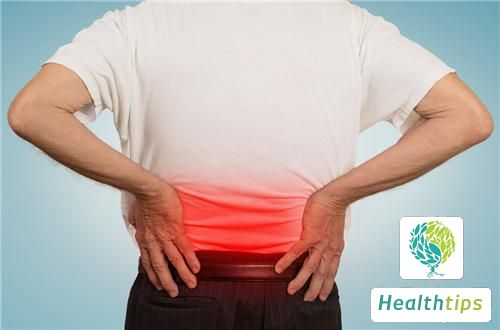How to Use Atropine Gel for Children?
The method for children to use atropine gel is instillation, and the specific frequency and duration of use should be followed according to the instructions or doctor's advice. This is a prescription drug, which means it can only be used with a doctor's prescription. It is mainly used to treat diseases such as iridocyclitis. When using it, there may be varying degrees of tachycardia, so it is recommended that parents observe the child's condition carefully.

Instructions for Children Using Atropine Gel
1. After applying atropine gel by instillation, press gently with your finger to reduce the systemic absorption of the drug and prevent or reduce side effects. After absorption through the conjunctiva, about 30% of the drug is excreted through the kidneys in its original form, while the rest is metabolized through hydrolysis and conjugation with glucuronic acid.
2. Side effects of atropine gel may include skin and mucosal dryness, fever, facial flushing, and tachycardia after topical administration to the eyes. In rare cases, patients may experience itching, redness, and conjunctival hyperemia in the eyelids, which are signs of allergic reactions. In such cases, the medication should be discontinued immediately.
3. Precautions for atropine gel: When applying atropine gel, have the child sit down (with the head tilted back) or lie down. Gently pull down the lower eyelid and ask the child to look up. Apply a small amount of atropine gel (about the size of a grain of rice) to the eye (note: do not use excessive amounts). Immediately after applying the eye medication, press firmly on the nasal root area of the inner canthus of both eyes for 5-10 minutes to reduce the systemic absorption of atropine and avoid discomfort caused by side effects.



















